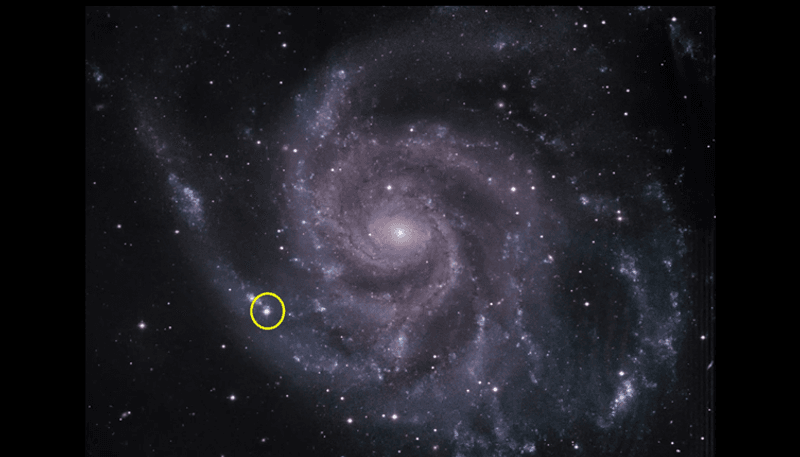The Moon likely formed when the primordial Earth slammed into a Mars-sized object, throwing a sizable chunk of material into orbit, which eventually became our satellite. While this has been known for a few decades, the details are still a mystery. Now, a crucial piece of evidence could help clarify exactly how it happened.
An international team of researchers led by Professor Ed Young of the University of California, Los Angeles, has compared the oxygen level of terrestrial and lunar rocks. They found that the rocks have indistinguishable levels, suggesting an impact so powerful that it generated the observed vigorous mixing of material. The results are described in Science.
About 4.5 billion years ago, scientists believe a large object dubbed Theia (the "mother of the Moon" in Greek mythology) hit the early Earth, giving rise to the Moon. Previously it was thought that the impact was a glancing blow, but the latest research suggests that it was a more violent head-on collision.
Although all bodies in the Solar System formed around the same time and from the same material, they tend to have a subtle difference in composition. For example, all bodies have their own oxygen isotope fingerprint, so one can use their chemistry composition to find out if a rock is from Mars or from Earth.
This is important in constraining the nature of Theia. When two bodies collide, depending on how they collide, there will be a certain amount of mixing between the two types of rocks: You could get most of the impactor in one body or the other.
“If we found an oxygen isotope difference between the Moon and the Earth, it would imply that the impact that formed the Moon was a glancing blow, where most of the impactors end up in the Moon,” Professor Young told IFLScience. “We set out to re-test those lunar and terrestrial rocks with the highest precision that we could obtain.”
The starting point of the study was a paper from last year that showed a small difference between Earth and Moon rocks. Young’s team retested the samples with a more sophisticated instrument and they were able to obtain a measurement precise to a part per million, and verified that the samples were free of contamination.
“We don’t see the difference that was reported last year,” said Professor Young. “If there is no difference it means the impact was very vigorous, very energetic. The impact could be head-on instead of a glancing blow.”
The results provide a significant insight into the history of the Earth-Moon system. Many researchers around the globe are working to understand the nature of the impact, and these findings will help them constrain the most likely models.




